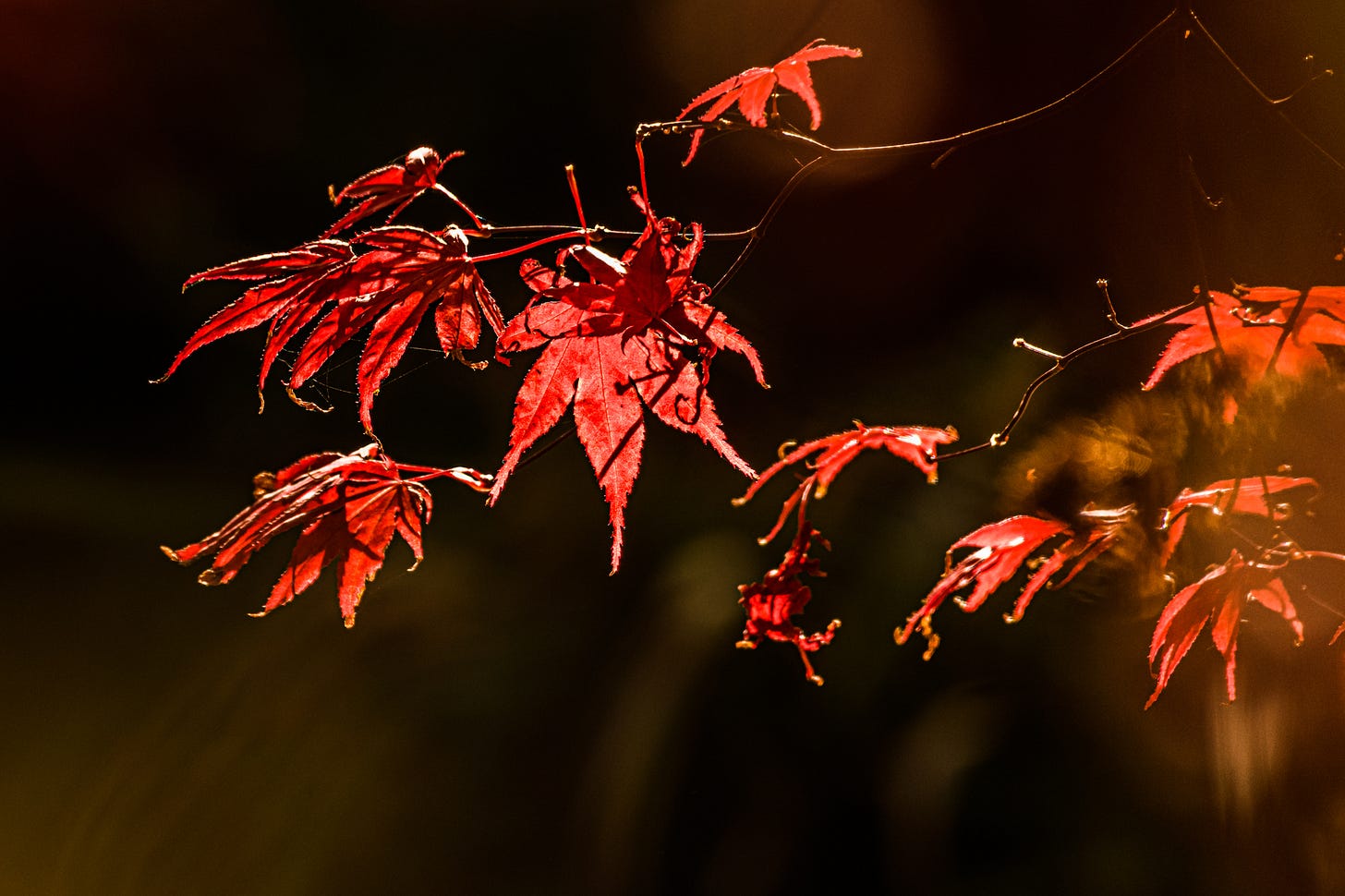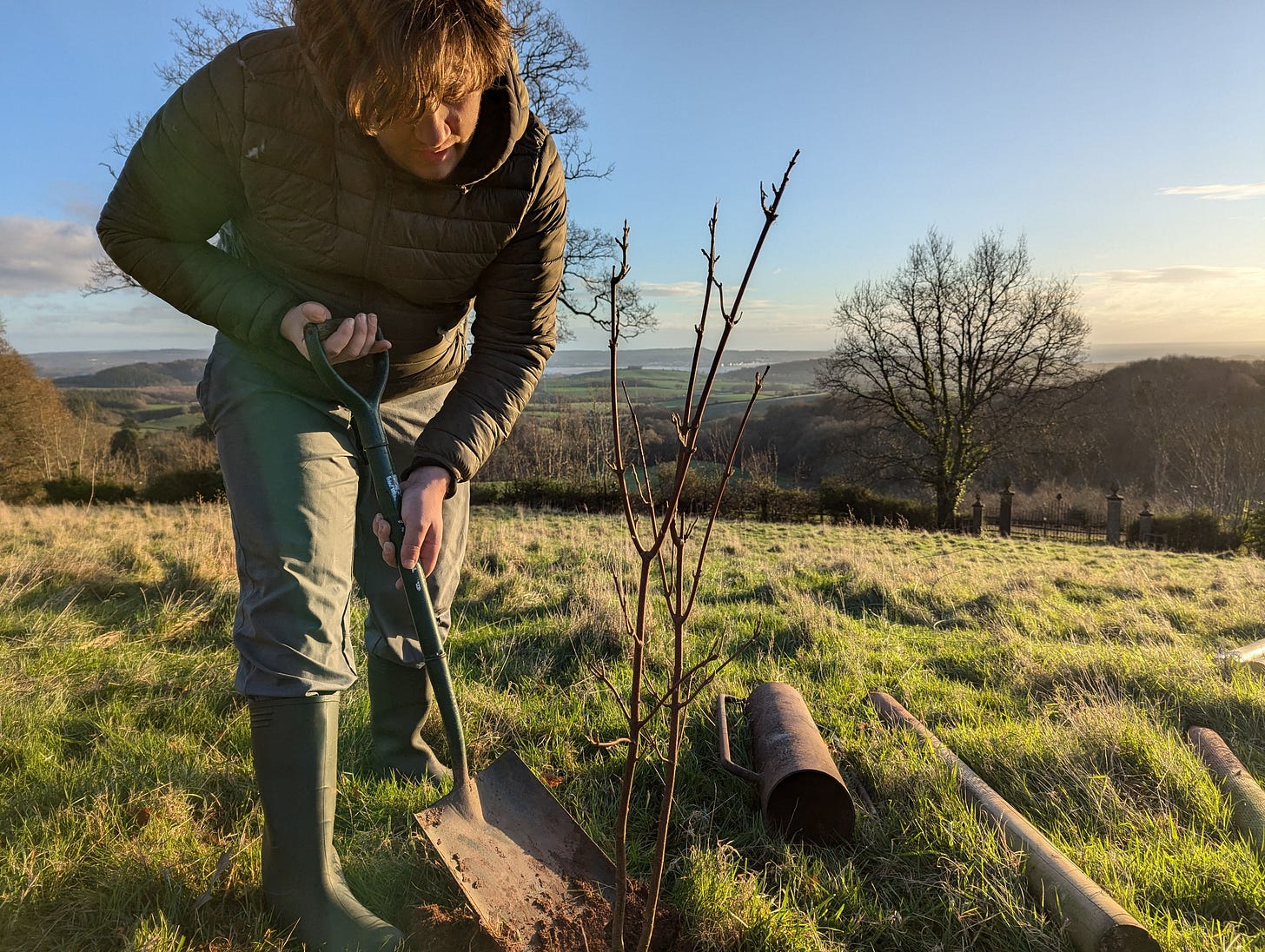Rewild Your Outdoor Space in 25 Steps
A practical 25 step rewilding programme inspired by LettsSafari’s smaller-scale rewilding approach.
You don’t need hundreds of acres to make a difference for nature. In fact, most of the world’s biodiversity now lives alongside us — in gardens, parks, schoolyards, allotments, and road verges. That means ordinary people, not just landowners or governments, hold the keys to ecological recovery.
When you rewild even a small outdoor space, you create a living refuge for wildlife, help rebuild natural processes like pollination and soil renewal, and add resilience to your local environment. Multiply that by millions of small gardens, and suddenly you have a country-wide network of wild corridors, pollinator havens, and climate buffers stitched through towns and countryside alike.
Smaller-scale rewilding is powerful because it’s achievable, personal, and contagious. You can see the results in a single season - the first bumblebee nest in your long grass, the frogs spawning in your new pond, the blackbirds nesting in your hedge. That visibility turns passive environmental concern into daily, hands-on care.
Rewilding also frees you from the endless maintenance cycle of mowing, tidying, and spraying. Nature, given a little structure and patience, becomes your co-gardener, designing beauty and balance that no human plan can match.
The following 25-step sequence is a practical roadmap drawn from LettsSafari’s pioneering smaller-scale rewilding approach. It’s written for anyone with access to an outdoor space - a garden, allotment, courtyard, verge, or farm corner - who wants to turn it into a thriving ecosystem. The steps follow a logical order, from observation and preparation through planting, water creation, and habitat building, all the way to long-term care and community connection. Whether you start with one corner or the whole plot, this sequence helps you create a self-sustaining, life-filled landscape that benefits both you and the planet.
How to Design Your LettsSafari Garden
Safari gardens are the future. A future that embraces rewilding and wildlife gardening - creating places that restore our depleted biodiversity. Spaces that remove carbon and clean the air. Havens for wildlife and nature. Here’s a simple blueprint for designing your very own LettsSafari garden.
Here’s LettsSafari’s step-by-step sequence (25 moves) to rewild a small outdoor space, distilled from the full LettsSafari guide and ordered from first action to long-term care:
Adopt the rewilding mindset. Commit to light-touch management, native species, and letting natural processes lead.
Do a quick baseline survey. Map sun/shade, wet/dry spots, wind, soil texture/pH, existing plants and wildlife; take “before” photos.
Stop the chemicals. Cease pesticides, herbicides, and synthetic fertilizers immediately.
Remove hazards & set guardrails. Make water features child-safe, secure compost, avoid netting that traps wildlife, and check any local rules.
Identify “keepers.” Tag any valuable natives (e.g., hawthorn, willow clumps, wildflowers) you’ll protect as anchors.
Deal with true invasives first. Prioritise safe removal/control of high-risk non-natives (e.g., knotweed, bindweed mats) before you plant.
Sketch a simple zone plan. Place a mosaic: meadow (sun), scrub/hedge (edges), a mini-copse (shade), and a small pond/bog; add mown paths to make it accessible.
Decide: plant vs. natural regeneration. Source local-provenance natives for gaps; allow self-seeding where nearby seed sources exist.
Sort water capture. Direct downpipes to swales/raingardens; choose the lowest spot for a pond or bog garden.
Build a wildlife pond/bog. Shallow margins, varied depths, no fish; fill with rainwater, plant native marginals; add stones/logs for exits.
Liberate the lawn. Immediately reduce mowing; mark a no-mow core and mow only paths/edges for structure.
Prep the meadow area. Scarify or lightly strip fertile top growth; remove thatch; optionally add yellow rattle to weaken coarse grasses.
Sow/plug a native wildflower-grass mix. Match to soil (dry/wet/acid/alkaline); aim for staggered bloom Mar–Oct. Firm, water once, then let be.
Leave some bare ground. Sunny, friable patches for ground-nesting bees and spontaneous germination.
Plant a hedgerow/scrub thickets. Clump hawthorn/blackthorn/wild-rose/bramble; keep scalloped edges for rich “edge” habitat. Add a border of high pollinating plants to surround.
Add a mini-copse or single keystone tree. Plant oak/rowan/birch/hazel in a cluster; mulch, stake lightly, and guard saplings.
Feed the detritus web. Make log/branch piles, a dead-hedge, and keep autumn leaf-litter on beds to fuel fungi and decomposers.
Install simple habitat hardware. Bird and bat boxes, solitary-bee hotels, hedgehog house, stone/brick stacks by the pond.
Create connectivity. Hedgehog holes (13×13 cm) in fences, continuous hedgerows, overhanging branches; link with neighbours where possible.
Protect young plants from browsing/pets. Guards or low fences for saplings; keep dogs out of new pond margins until established.
Adopt a low-input mowing regime. One late-summer “hay cut” for meadows; remove arisings to reduce fertility and favour flowers.
Manage scrub rotationally. Every 2–4 years cut a third to ground level (late winter) to keep a mixed-age thicket and sunny glades.
Run a gentle “boundary hygiene.” Spot-weed only true invasives; pull out ragwort where it borders horse paddocks; minimise night lighting.
Monitor and adapt. Keep seasonal notes/photos; if flowers are thin, add plugs; if shade expands, open a glade; tweak pond plants if algae booms.
Share and scale. Add a small sign (“Managed for wildlife”), trade seeds with neighbours, invite a school/park to copy your template. Members can share stories at LettsSafari+ .
Follow these in order and you’ll move cleanly from “conventional space” to a resilient mini-ecosystem - meadow + scrub + trees + water - that largely looks after itself and gets richer each season.
Your rewilded space is part of a growing global movement of smaller-scale rewilders who are restoring biodiversity and wildlife right where they live. Continue learning, share your progress online, and explore projects through LettsSafari’s community.
Get more LettsSafari updates and wildlife photos from our twitter. And read the latest posts at the LettsSafari + website.





